
Lexus IS Saloon (2005-2012) engines, drive and performance
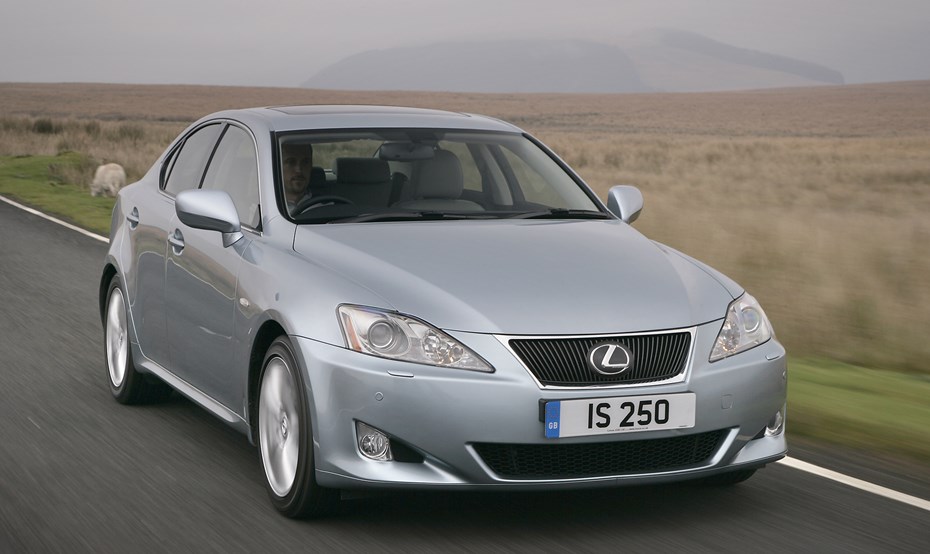
Initially, there was only one petrol engine – a 2.5-litre V6 with 204bhp, which in terms of Lexus IS performance overall, was entirely underwhelming. It was very smooth and quiet but unfortunately felt pretty gutless, despite a 0-62mph time of 8.1 seconds while economy is poor at just 29mpg. Then Lexus offered an alternative in the form of the diesel in the IS220d.
This is a 2.2-litre diesel that’s also used in various Toyota models (where it’s badged D-4D). With 175bhp and plenty of low down pulling power it certainly feels more willing than the petrol and doesn’t need to be revved as hard to get decent pace. However, it’s a little noisy and runs out of breath at higher revs. On the plus side it’s very refined and there’s no vibration in the cabin.
Both models come with a six-speed manual gearbox as standard but it’s notchy and doesn’t offer particularly slick changes. There is an automatic available, but only on the petrol. It delivers smooth and quick changes, but is happier when not being rushed. In November 2008 the IS220d was tweaked to emit 163g/km of CO2 (rather than 168g/km) making it cheaper to tax.
Like the BMW 3 Series and Mercedes C-Class, the IS is rear wheel drive and offers a smooth driving experience. There’s plenty of grip and it’s not unsettled by mid-corner bumps, while the modest power outputs mean there’s little problem with traction. All models get stability and traction control, although curiously the IS220d Sport model alone gets a system called Vehicle Dynamics Integrated Management.
This combines the braking, traction and stability control programs with inputs from the electronic steering and can alter the steering to help the driver find the right steering angle in an emergency situation. The steering feels a little numb across the range, which is not great for feedback, but makes the IS more relaxing to drive over longer distances.


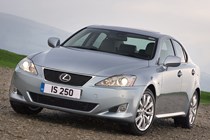
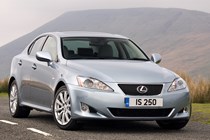
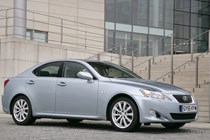
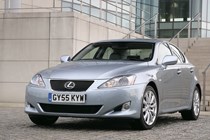
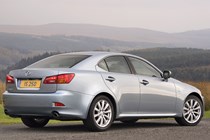
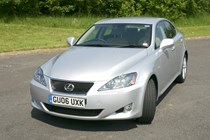
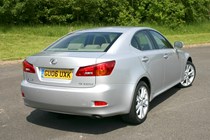
.jpg)
.jpg)
.jpg)
.jpg)
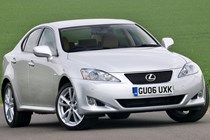
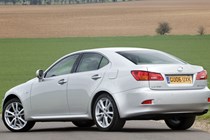
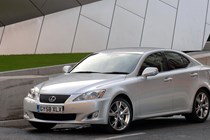

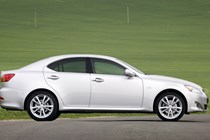
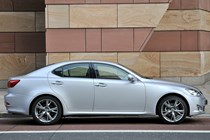

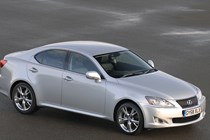

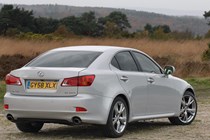

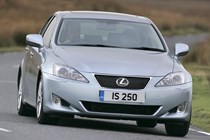
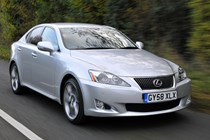
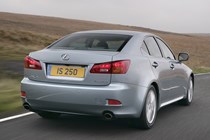

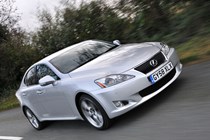
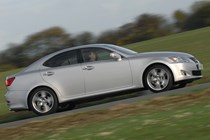
.jpg)
.jpg)
.jpg)
.jpg)
.jpg)
.jpg)
.jpg)
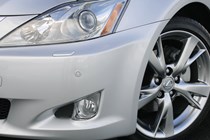
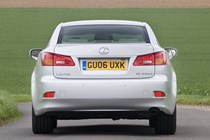
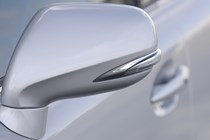

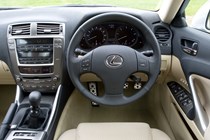
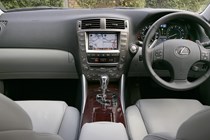
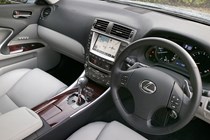
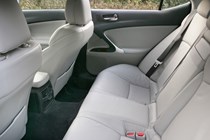
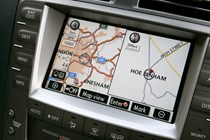
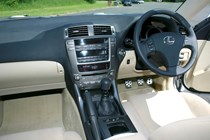
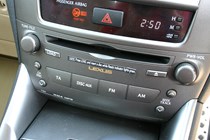
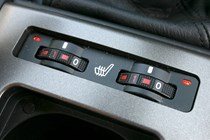
.jpg)
.jpg)
.jpg)
.jpg)
.jpg)
.jpg)
.jpg)
.jpg)
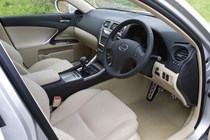
.jpg)

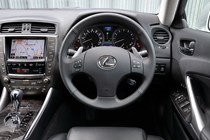

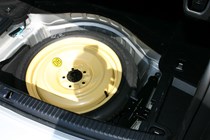
.jpg)
.jpg)
.jpg)
.jpg)
.jpg)








.jpg?quality=50)
.jpg?quality=50)
.jpg?quality=50)
.jpg?quality=50)

















.jpg?quality=50)
.jpg?quality=50)
.jpg?quality=50)
.jpg?quality=50)
.jpg?quality=50)
.jpg?quality=50)
.jpg?quality=50)












.jpg?quality=50)
.jpg?quality=50)
.jpg?quality=50)
.jpg?quality=50)
.jpg?quality=50)
.jpg?quality=50)
.jpg?quality=50)
.jpg?quality=50)

.jpg?quality=50)




.jpg?quality=50)
.jpg?quality=50)
.jpg?quality=50)
.jpg?quality=50)
.jpg?quality=50)
